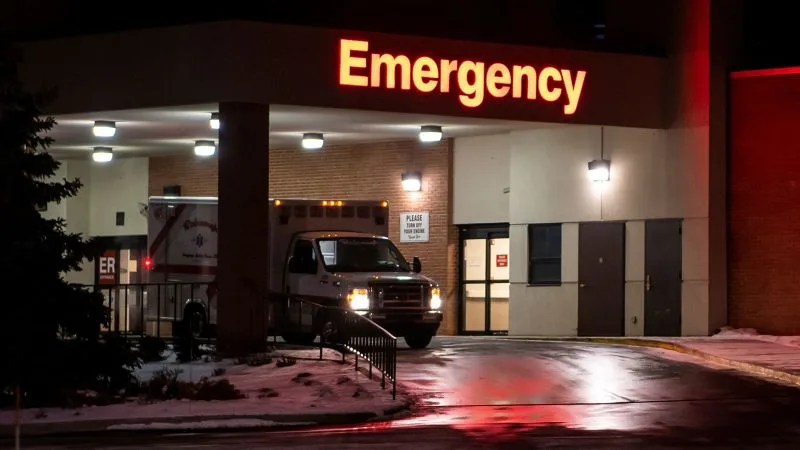
CNN
—
More than 1 million people in the US visited an emergency department for injuries related to assault in 2020. But according to a new report from the National Center for Health Statistics, rates of those visits vary by factors such as age and race.
The study, published Thursday, used data from the National Hospital Ambulatory Medical Care Survey to track emergency department visits related to assault – excluding sexual assault – between 2019 and 2021. Rates of emergency visits for assault were found to be highest in young adults, among Black people, in metropolitan areas and among people who used state-based insurance programs like Medicaid.
Overall, 4.5 out of every 1,000 people in the US visited emergency departments for injuries related to assault between 2019 and 2021.
According to the National Center for Injury Prevention and Control, part of the US Centers for Disease Control and Prevention, there were nearly 23 million emergency department visits for nonfatal injuries in 2020. About 6% of them were linked to cases of non-sexual assault.
Men and women visited emergency departments for assault at similar rates in 2019-21, but rates varied widely by age. They were highest for adults between the ages of 18 and 24: 9.2 visits per 1,000 people, more than twice the rate of the general population. Adults between 25 and 44 had the second highest rates, at 7.7 visits per 1,000 people. ED visit rates for assault decreased with age.
When broken down by race and ethnicity, ED visit rates for assault were highest for Black people, with 13.8 visits per 1,000 people. Rates among Hispanic people were the second highest, at 4.6 visits, followed by White people, at 3.1 visits.
Among people who sought care in an emergency department, the rate of assault-related injuries was highest for those covered by state-run health insurance programs like Medicaid and the Children’s Health Insurance Program, followed by those who arrived without insurance coverage.
Rates of visits were similar across the US, with slightly more frequent assault-related visits in the Midwest. However, the study found urban areas to have over twice the rate of assault-related ED visits as in rural areas and smaller cities.

